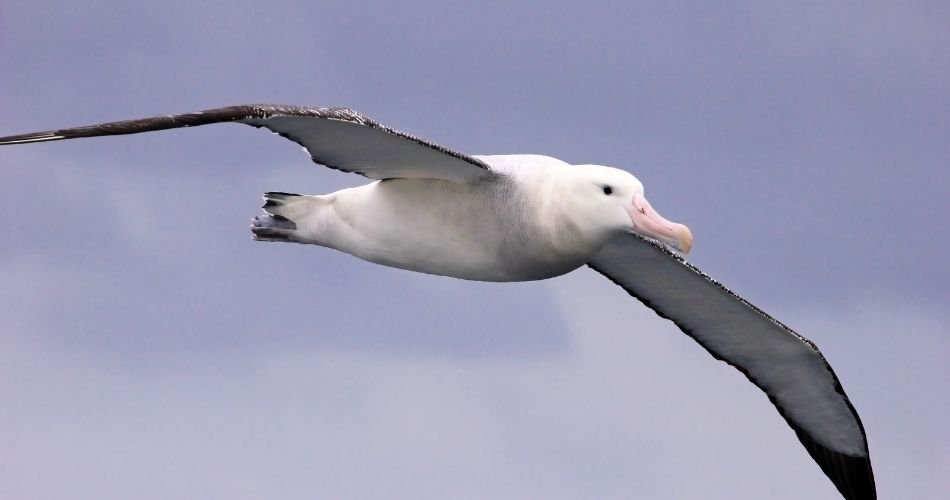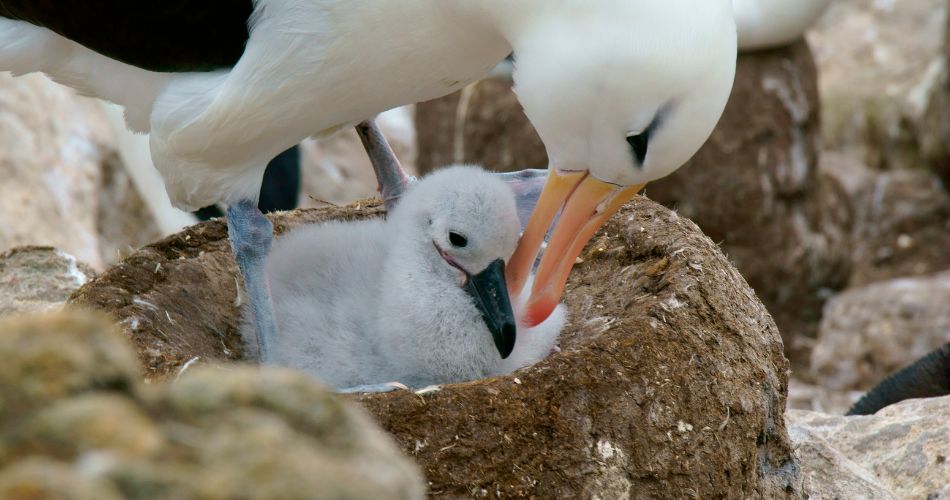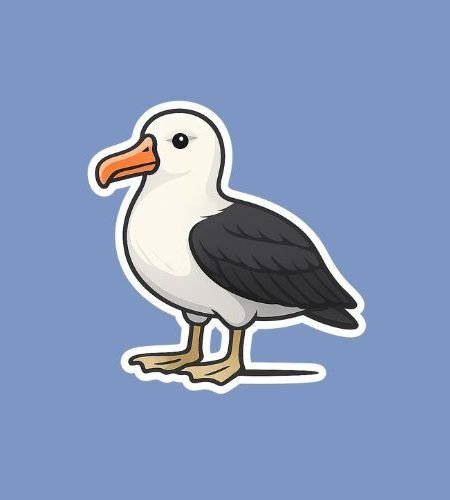Every year on June 19, we observe World Albatross Day, a day dedicated to raising awareness about the majestic albatrosses and the conservation challenges they face. Established in 2020 by the Agreement on the Conservation of Albatrosses and Petrels (ACAP), this day highlights the importance of protecting these iconic seabirds and their habitats. 1
History of World Albatross Day
World Albatross Day was inaugurated on June 19, 2020, to coincide with the anniversary of the signing of the Conservation of Albatrosses and Petrels agreement in 2001. ACAP, an international treaty, aims to conserve albatrosses and petrels by coordinating international activities to mitigate threats to their populations. The establishment of this day was a response to the ongoing conservation crisis faced by these birds, with the goal of increasing global awareness and promoting conservation efforts.
Each year, World Albatross Day focuses on a specific theme to highlight particular threats or conservation strategies. For instance, the 2025 theme is “Effects of Disease,” emphasizing the impact of diseases like avian cholera and avian influenza on albatross populations. Previous themes have addressed issues such as plastic pollution, climate change, and the importance of marine protected areas.
Why is World Albatross Day important?
Albatrosses are among the most remarkable seabirds, known for their impressive wingspans and long-distance flights across oceans. However, they are also among the most threatened, with 15 of the 22 albatross species at risk of extinction. Threats include bycatch in fisheries, invasive species on breeding islands, pollution, and disease.
World Albatross Day serves as a platform to educate the public about these threats and the importance of conservation efforts. By raising awareness, the day encourages actions to protect albatrosses, such as supporting sustainable fishing practices, reducing plastic use, and advocating for the protection of critical habitats.
- Highlights the conservation challenges faced by albatrosses
- Promotes awareness of human impacts on marine ecosystems
- Encourages support for international conservation agreements
- Inspires individual actions to reduce environmental threats
- Celebrates the ecological significance of albatrosses
How to Observe World Albatross Day
Observing World Albatross Day can involve various activities aimed at education and conservation. One can participate in local events or online webinars hosted by conservation organizations to learn more about albatrosses and the challenges they face. Sharing information on social media using hashtags like #WorldAlbatrossDay can also help spread awareness.
Individuals can take personal actions to contribute to albatross conservation. Reducing plastic consumption, supporting sustainable seafood choices, and advocating for policies that protect marine habitats are meaningful ways to make a difference. Engaging in citizen science projects or supporting organizations dedicated to seabird conservation can further amplify these efforts.
- Attend educational events or webinars on albatross conservation
- Share information on social media to raise awareness
- Reduce plastic use to minimize ocean pollution
- Choose sustainable seafood to support responsible fishing
- Support organizations working to protect seabirds and their habitats
Fan facts about albatrosses

- Albatrosses have the longest wingspan of any bird—up to 11 feet (3.4 meters), allowing them to glide for hours without flapping their wings.
- They can fly thousands of miles without landing, often traveling across entire oceans using wind currents to conserve energy.
- Some species, like the wandering albatross, can live over 60 years, making them one of the longest-living bird species.
- Albatrosses mate for life, returning to the same partner and nesting site year after year.
- They perform complex courtship dances that include synchronized movements, bill clapping, and vocalizations.
- Albatrosses lay only one egg per breeding season, and both parents share incubation duties, which can last over two months.

- These birds feed on squid, fish, and krill, often catching food by diving or skimming the ocean surface.
- Albatrosses have a special gland above their beak that removes salt from seawater, allowing them to drink ocean water.
- Sadly, many albatross species are endangered due to threats like longline fishing, plastic pollution, and habitat loss.
- Sailors historically believed albatrosses brought good luck; harming one was thought to bring misfortune, as famously depicted in “The Rime of the Ancient Mariner.”
World Albatross Day Dates Table
| Year | Date | Day |
|---|---|---|
| 2025 | June 19 | Thursday |
| 2026 | June 19 | Friday |
| 2027 | June 19 | Saturday |
| 2028 | June 19 | Monday |
| 2029 | June 19 | Tuesday |
Subscribe to our newsletter and never miss a holiday again!

